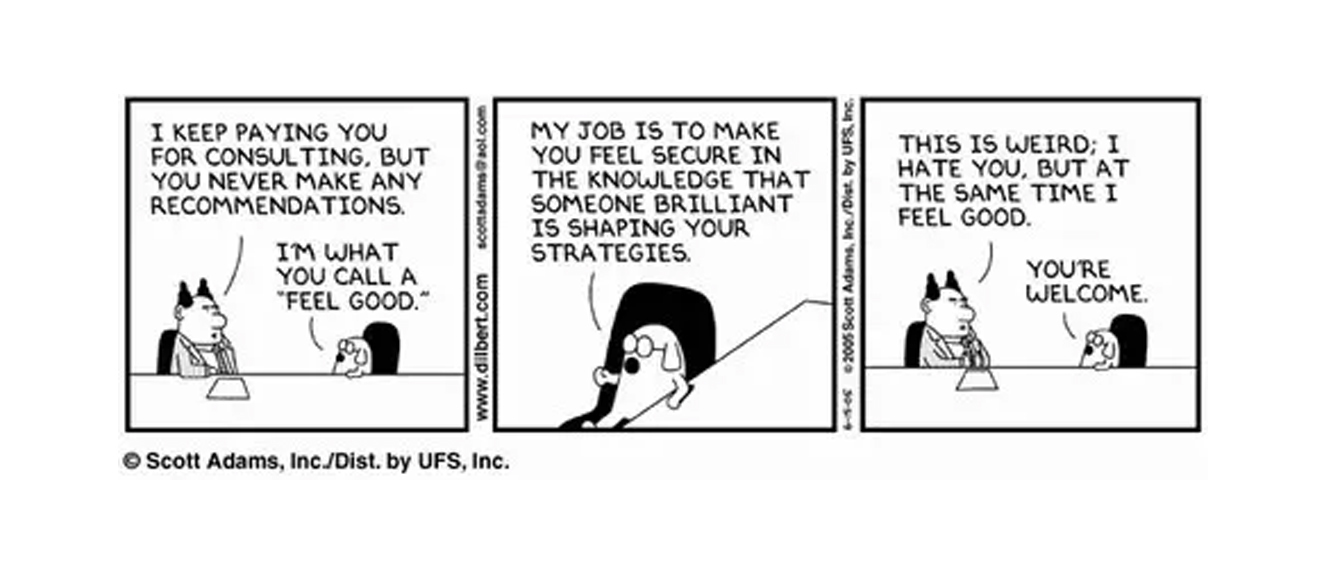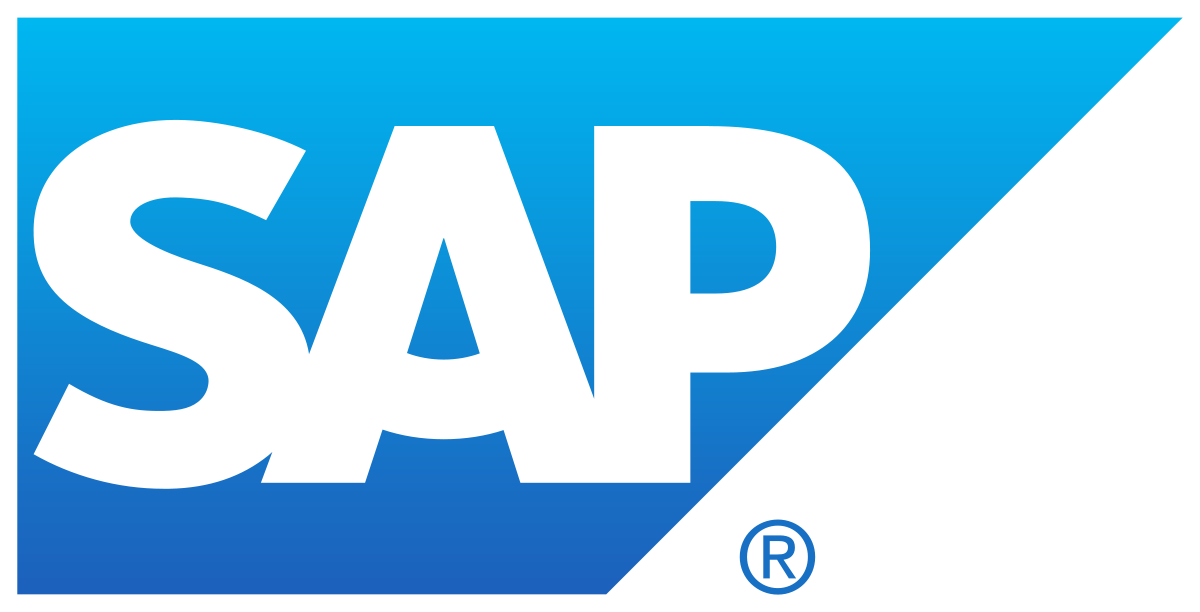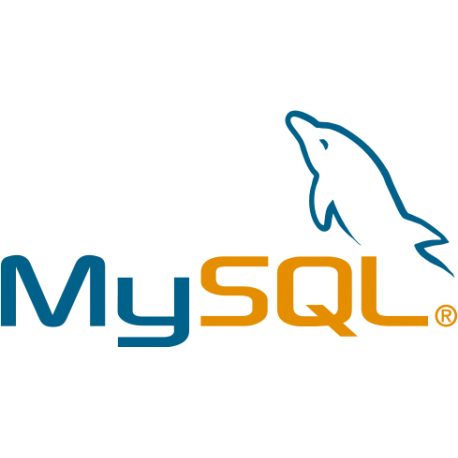This is how you do digital transformation.
Three tips from practice

This is not a blog in which some expensive strategical consultant is going to tell you about ‘digital disruptions’ or uses juicy American phrases such as ‘change your business culture’ because it’s all about ‘adapt or die’. No. This blog was written by a practical man for practical people. So no bull, only work.
To be clear, I’m a software developer and entrepreneur. My goal is to streamline processes through IT and to offer employees more time to do whatever they are great at. Whether that’s banking, auctioning off bulbs or perform soil tests. In my experience, digital transformations are often very clear: the employee portal is inconvenient, outdated and needs to be replaced. Or the workflow automation takes more time to keep up with than it actually saves. So, instead of that, we develop beautiful-looking, user-friendly, money-saving platforms. And it’s when something extraordinary happens. Because this initial success often triggers a series of changes. We digitalise another process. Come up with yet another business concept. And that’s how you automatically end up with a transformation process. That’s why I’m giving you these three tips:
1 Digital transformation is achieved by doing it
Whereas many CEO’s and managers consider digital transformation to be a ‘cultural’ thing, some abstract concept they’re trying to imprint in their employees’ minds, I believe in ‘digital transformation by doing it’.
With these abstract concepts, you only create a future problem. Initially, everyone will be at the same wavelength. However, eventually you’ll see that each employee just did whatever they thought was right and no one has truly understood each other.
2 Forget about expensive consultants
Because whether you’re working at the MKB or for a multinational, you’re more versatile than you probably think. And nine out of ten times you really don’t need some expensive strategical consultant. As long as you don’t want to achieve too many things at once.

3 Start with a concrete project
Succeed, learn from it and roll out the next project. Digitalising your business does not have to happen at once. It’s much easier to achieve in a couple of smaller steps. Start digitalisation where demand is the highest and start working from there, from inside out. That’s how your employees can get used to the new procedure and your processes will suffer as little as possible.
‘If can be that easy, why are we still using Navision?!’
One example of what I’m talking about. We developed a tool for MSQ, investor and service provider within the roof building industry, through which their roofers could immediately create and send their own tenders while still on the scene. On their display, they simply click ‘gutter replacement’ and enter the specifications. The tool then instantly calculates the working hours and costs of materials and sends the tender to the customer. All of that before the ladder has even been stored away! No more paper administration, shorter waiting periods, reduced costs and more happy customers. msq.nl
And that gives rise to some amazing responses. Martin Mastenbroek from MSQ: “If it can be that easy, why are we still using Navision?! Now, first of all, I’ll have to make sure we’re ready for this internally”
That kind of digital transformation.
So, if you ask us what ‘digital transformation’ means, it’s this: concrete IT solutions that help organisations with their core business. It will astound you to see the positive effects on employees’ pride and the enjoyment they experience at their job, caused by these kinds of simple, effective innovations. As long as you keep their experience in mind!
Quick sprints towards concrete solutions
That’s why we, at Second Company, always work with a couple of clear steps. Firstly, a business analyst and a UX designer fully immerse themselves in the business process. Until they’ve become a roofer, insurance agent or marketeer by themselves. Only then we can develop the solution our customer truly needs. We deliver within quick sprints of two weeks until we’ve created a fully customised tool. But it doesn’t stop there, because implementation and maintenance are just as important with regards to the success of the software. Therefore, we will remain involved in the product and the company.
Without a doubt, similar chances are on the cards for your own company and industry. Whether it’s process optimisation, a new business concept of a beautiful, streamlined replacement for your employee portal, we would love to help you get it done. We are business analysts, concept creators, UX designers, and above all software developers. And we love entrepreneurship as much as you do; no bull, only work. I say: digitalise your way of working and that culture will change by itself.
Do you have a question about this topic?
Software development by Second Company
Techniques
Second Company specializes in developing, managing and hosting tailor-made software integration solutions. We are also specialized in applying the latest techniques and methods within software development.
More information
















